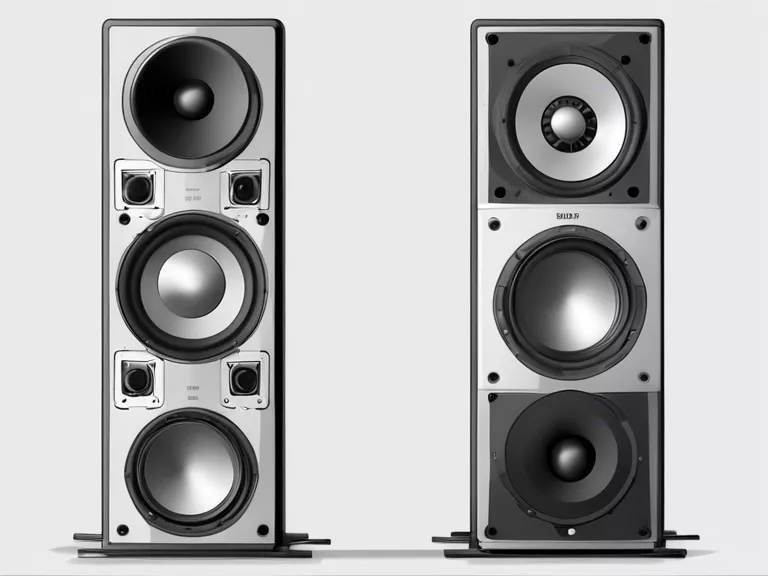
Guide to Sound Quality: Understanding Audio Specs
When shopping for audio equipment, understanding the specifications can be daunting. From frequency response to signal-to-noise ratio, there are many factors that contribute to sound quality. In this guide, we will break down the most common audio specs to help you make informed decisions when selecting your next audio device.
Frequency Response
Frequency response refers to the range of frequencies a device can reproduce accurately. The broader the range, the better the sound quality will be across different types of music. Look for a flat frequency response for the most accurate sound reproduction.
Signal-to-Noise Ratio (SNR)
The signal-to-noise ratio measures the level of background noise present in the audio signal. A higher SNR indicates less noise and better sound quality. Aim for an SNR of at least 90dB for optimal performance.
Total Harmonic Distortion (THD)
THD measures the amount of distortion added to the original audio signal. Lower THD percentages result in cleaner, more accurate sound. Look for devices with THD ratings below 0.01% for the best audio quality.
Impedance
Impedance measures the resistance of the device to electrical current. Matching the impedance of your audio source to your headphones or speakers is crucial for optimal sound quality. Mismatched impedance levels can result in poor audio performance.
Sensitivity
Sensitivity measures how loud a device can get with a given amount of power. A higher sensitivity rating means the device can produce louder sound levels with less power. Look for devices with sensitivity ratings above 100dB for louder, clearer sound.
By understanding these key audio specifications, you can make better-informed decisions when choosing audio equipment. Consider your specific needs and preferences when evaluating these specs to find the perfect audio device for your listening experience.


